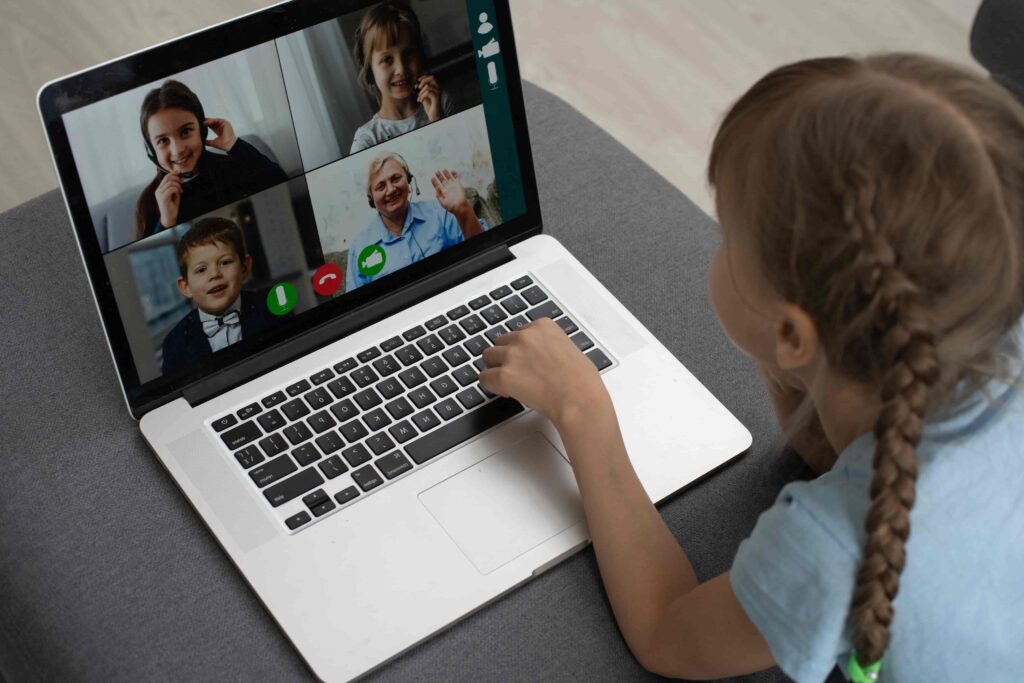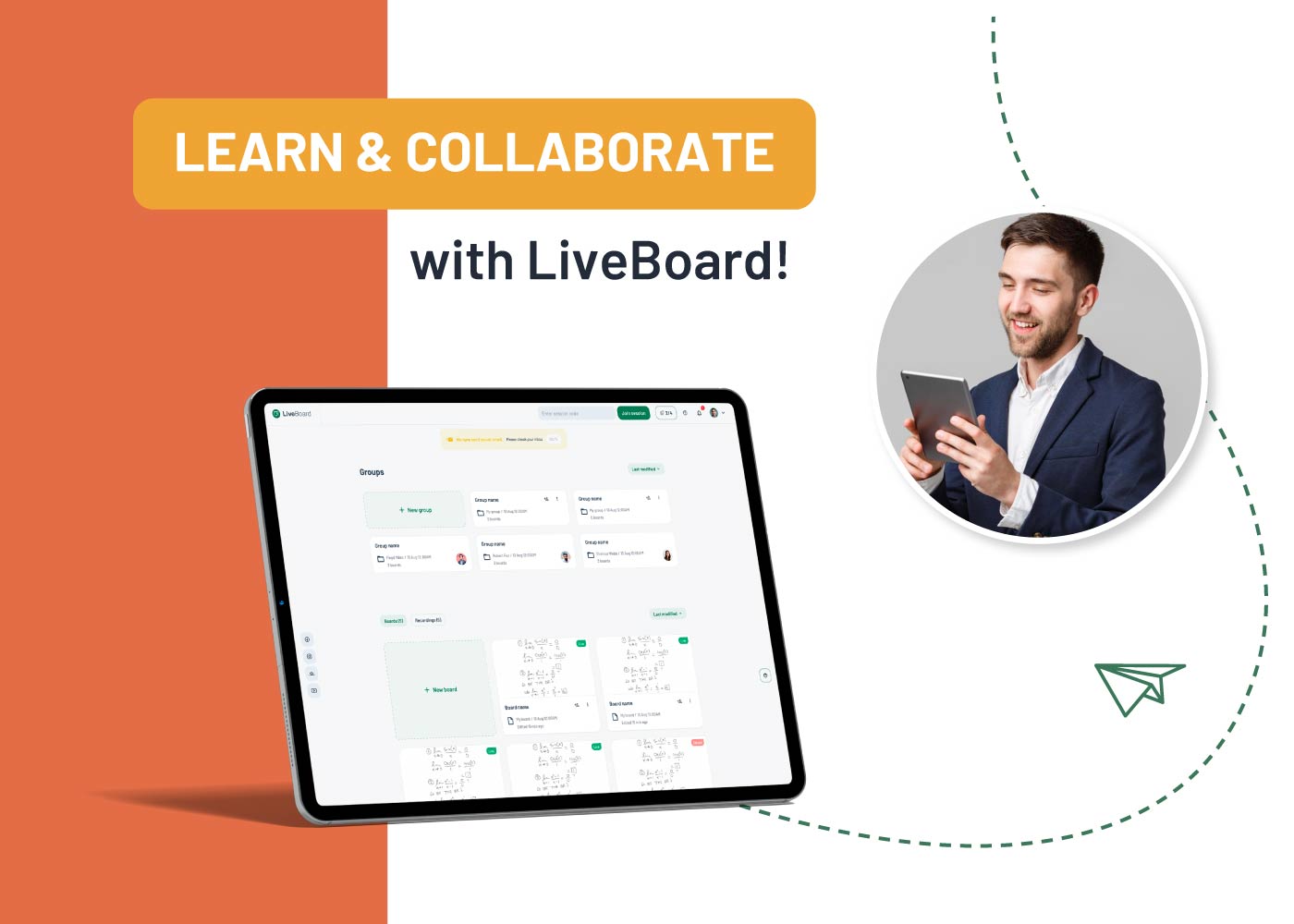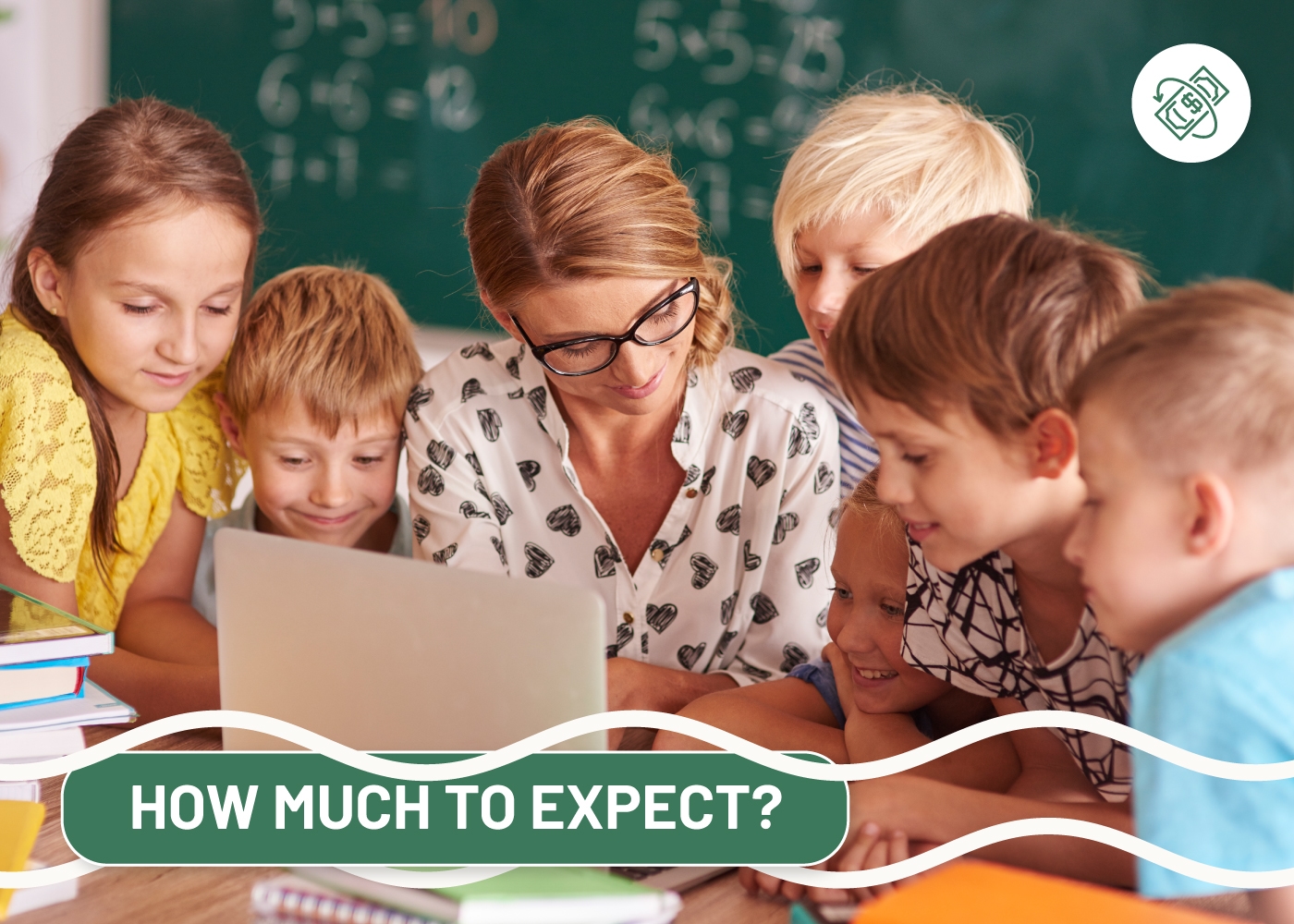Rigor is a crucial component of mathematics education. When students are exposed to rigor, they are challenged to think critically and creatively to find solutions to problems. This, in turn, can lead to a deeper understanding of mathematical concepts and procedures. It’s no secret that math can be a complex subject for students. However, it is possible to increase rigor in the math classroom and help students achieve success efficiently. This blog post will provide some tips for teachers and tutors who want to create a more rigorous learning environment in a math classroom.
What is Rigor
Rigor, in simple terms, is the challenge students face when they are learning something new. In a rigorous classroom, every student is continuously challenged to put maximum effort and reach their full potential. It’s important to note that rigor is not the same as difficult or hard tasks. Rigor in Math entails focused, authentic work with various mathematical concepts without complicating the process, tasks or introducing hard-to-learn topics at earlier grades. While rigor can make a task more intense, it actually urges students to think critically and deeply about the concepts they are trying to learn. This type of thinking is essential and should guide students to apply what they’ve learned in class to the real world. When students are engaged in rigorous activities, they must think deeply, solve complex problems, and persevere through difficulties.
Why Rigor in Math is Beneficial
There are many benefits of exposing students to rigor in the classroom. Rigor has been shown to improve student achievement, their clear understanding of various Math concepts, increase college and career readiness, and close the achievement gap. In addition, students who are challenged with rigor are more likely to retain the information they’ve learned and be able to apply it to new situations. When it comes to rigor in Math, the goal is for students to achieve:
- Conceptual understanding – emphasis on understanding critical mathematical concepts instead of memorizing those.
- Procedural fluency – increasing speed and accuracy in calculations with practice.
- Application – applying the knowledge foundation they’ve built via two former points to come to solutions when problem-solving.
How Can Teachers Promote Rigor in The Math Classroom
Whether you’re looking for ways to increase rigor in the high school math classroom or your online tutoring group, here we have a few tips you can refer to when doing so.

- Prioritize Understanding Over Memorizing
In order to build a solid conceptual understanding, students shall always be taught how to understand mathematical concepts instead of memorizing them. When they are familiar with the ideas behind formulas, rules, definitions, and how they have come to their present form, they will now understand better when and where to apply those.
You should make sure students also understand this and be open to embracing such an approach, even if previously they were relying on memorization. In the long run, they will too figure out how much beneficial it is for them.
- Encourage Risk-Taking
One way to increase rigor in the classroom is by encouraging students to take risks. When students are afraid of making mistakes, they are less likely to engage in rigorous activities. It’s important that teachers create an environment where students feel comfortable taking risks and trying new things.
Students that are afraid to make mistakes, especially in front of their whole class, are less likely to speak up. Whereas they might have ideas and deep inside are ready to try and apply their thoughts to a Math problem at hand. Shyness and fear of being mistaken keep many brilliant ideas from emerging.
As their teacher, you want to ensure your students are never afraid of speaking up and suggesting solutions or ideas, even if they are wrong. There on, you should always provide extensive feedback and explanation instead of saying “wrong/incorrect.”

- Integrate Group Work
Another way to increase rigor in the classroom is by incorporating group work into lesson plans. Group work allows students to collaborate with their peers and share ideas. While productive struggle individually is an excellent way to develop rigor, group work also forces them to think critically about various concepts and explain their thinking to others.
When students are working in groups, they are more likely to pay attention and engage in the lesson. They are also more likely to ask questions and clarifications when needed. Group work can also be used as a form of assessment, as students can explain their thinking and demonstrate their understanding of various concepts.
- Set High Expectations
Setting high expectations for all students is one of the most important ways to promote rigor in the math classroom. When teachers set high expectations, they challenge students to reach their full potential. All students are capable of meeting high expectations if they are given the opportunity to do so.
To set high expectations, you can use challenging tasks and problems that require higher-order thinking. These tasks should be developmentally appropriate and within reach for all students. Additionally, you can set high expectations by providing quality feedback that challenges students to improve their work.
- Make Real-World Connections
Another way to increase rigor in the math classroom is by making connections between mathematics and the real world. When students are able to see how the concepts they are learning in class can be applied to the world around them, they are more likely to be engaged in the material.
Making real-world connections can also help students see how mathematics is relevant to their lives. Via everyday examples, stories, and simulations, you can help students see how mathematics is used in the world and make them more likely to be motivated to learn.
How Can LiveBoard Help You Increase Rigor in the Classroom
LiveBoard is a perfect digital tool for tutors and teachers who are aiming to increase rigor in their math classroom, as visual learning has become the new norm for our digitized world.
LiveBoard’s flexible, collaborative whiteboard makes it easy to create and share engaging, interactive lessons and helps students understand the concepts and ideas behind them much better. With LiveBoard, you can easily incorporate group work, real-world connections, and high-quality feedback into your lesson plans.

Promote riskier approaches among your students by encouraging them to make live suggestions during an online class so that everyone else will also see them. Similarly, you can allow multiple students to work on the whiteboard simultaneously, where they can come up with and suggest their ideas for solving problems at hand in groups.
As they progress, you can easily explain the concept behind the given problem while showing what you’re talking about with your cursor or pointing out and providing feedback on their mistakes. The lessons can be recorded and saved as video files. You can also export your main talking points as PDF files or images, archive them, and share them with the whole class.


